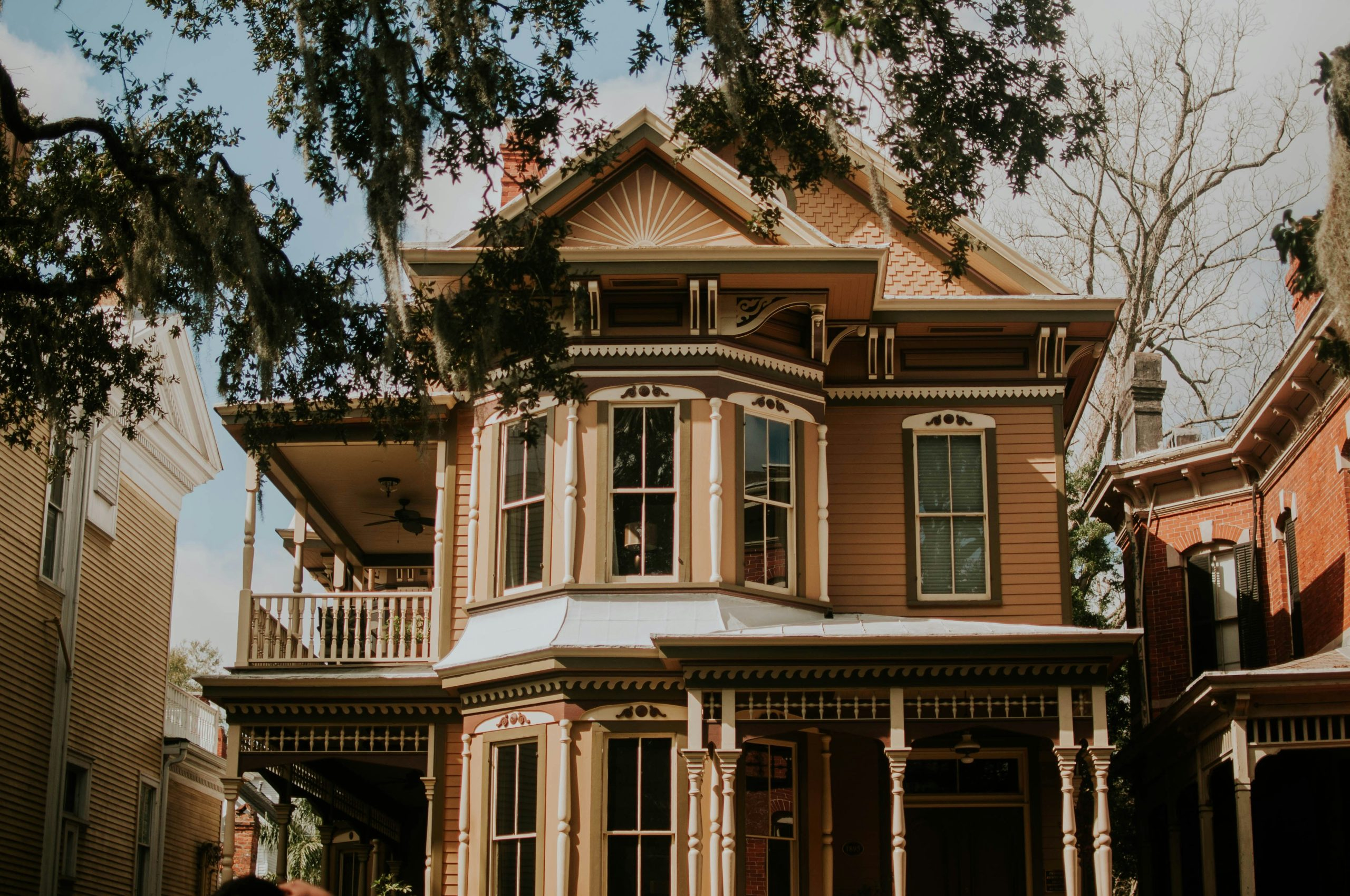Home Staging Secrets from Professional Designers
When it comes to selling a home, first impressions are everything. That’s why home staging has become an essential part of the real estate industry. By showcasing a property in its best light, professional designers aim to attract potential buyers and maximize the value of a home. But what exactly are the secrets behind a successful home staging? Who better to give us an insight than the professionals themselves? In this article, we’ll uncover the top home staging secrets from professional designers that will help you sell your home faster and for a better price.
The Power of Curb Appeal
Home staging is not just about the interior of a home. In fact, it’s crucial to start with the exterior as it creates the first impression for potential buyers. A well-maintained and visually appealing front yard can make all the difference. One of the secrets of professional designers is to make sure the landscaping and exterior of a home are clean, well-maintained, and inviting. This can include trimming overgrown shrubs, adding new flowers, and giving the front door a fresh coat of paint.
Declutter and Depersonalize
One of the most common mistakes homeowners make when selling their property is not decluttering and depersonalizing their space. Professional designers recommend removing personal items such as family photos, memorabilia, and excessive decorations. This helps potential buyers visualize themselves living in the space and makes the home feel more spacious. Decluttering also means removing any unnecessary items or furniture that may make a room feel cramped. By creating an open and clutter-free space, you can make your home more appealing to buyers.
Neutral is Key
Neutral colors are always a safe bet when it comes to home staging. They provide a blank canvas for potential buyers to envision their own style and allow them to focus on the features of a home rather than bold colors or patterns. Professional designers recommend sticking to a neutral color palette for walls, furniture, and decor. This doesn’t mean everything has to be white, but rather subtle shades such as beige, light gray, or soft pastels.
Maximize Natural Light
Natural light is a crucial element in making a home feel bright, spacious, and inviting. Professional designers understand the importance of maximizing natural light in a home, and they use various techniques to achieve this. This may include removing heavy curtains, trimming back bushes and trees that may block the light, and using mirrors to reflect light around the room. If natural light is limited, designers may use artificial lighting strategically to create a warm and inviting atmosphere.
Stylize, Don’t Over-Personalize
While adding some personal touches and decor can make a home feel warm and lived-in, it’s essential not to overdo it. Professional designers know how to add small details and finishing touches that will enhance a space without making it feel too personalized. This could be through adding greenery, fresh flowers, or a few well-chosen decorative items. The goal is to create a welcoming and inviting space that appeals to a wide range of buyers, without being too specific to one individual’s taste.
Showcase All Rooms
When preparing a home for sale, it’s important not to neglect any rooms. Professional designers understand the importance of showcasing each room in a home, regardless of its size or function. Even smaller or unconventional spaces such as a home office or basement can be staged to show its full potential. This can be achieved through clever furniture placement, adding statement pieces, or creating a purpose for the space. Remember, buyers are looking for a functional and versatile home, so make sure to showcase all rooms to give them the most accurate picture.
The Final Touches
Before showing your home to potential buyers, it’s crucial to do a final walk-through and make any necessary adjustments. Professional designers recommend taking a step back and looking at each room from a buyer’s perspective. Is there anything that is distracting or taking away from the overall appeal? Are there any small details that could be added to make the space feel more polished? By doing this final touch, you can ensure that your home is ready to make a lasting impression on potential buyers.
In Conclusion
In the competitive real estate market, home staging has become a crucial aspect of selling a property. Professional designers have mastered the art of showcasing a home in its best light to attract potential buyers. By following their top home staging secrets, such as paying attention to curb appeal, decluttering and depersonalizing, using neutral colors, maximizing natural light, and showcasing all rooms, you can increase your chances of selling your home faster and for a better price. Remember, the goal is to create an inviting and versatile space that appeals to a wide range of potential buyers, rather than a personal reflection of your own style.










